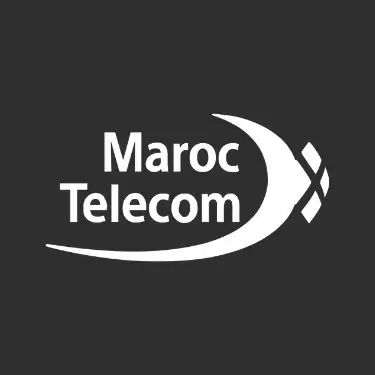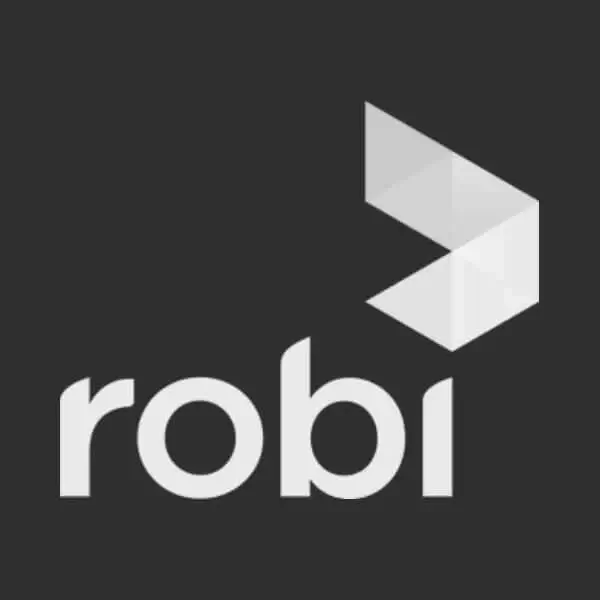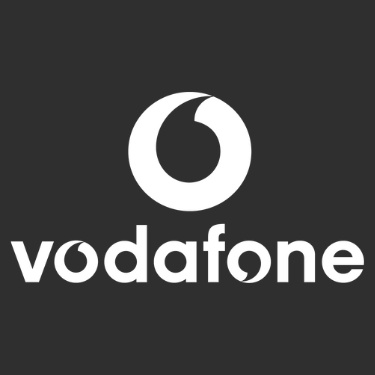As part of the TM Forum’s Catalysts program, Intersec joined forces with 13 other members to develop the Virtual Command Center (VCC) for Disaster Recovery. This initiative aims to provide public authorities with a robust virtual environment to manage emergencies efficiently, ensuring uninterrupted connectivity even in the face of infrastructure damage.
Among these contributors, we had the opportunity to interview Antra Malhotra, Network Systems & Technology associate director at Verizon, about the motivations driving a multinational telecommunications company like Verizon to dedicate time and resources to this initiative.
What motivated Verizon to participate in the Autonomous Networks Hyperloops Phase V?
The objective of the Autonomous Network Hyperloops catalyst initiative is to bring to the forefront integration of TM Forum Autonomous Network Framework with advanced data analytics for AI/ML and automation of network management functions. This catalyst is in Phase V and has successfully executed various use cases for Smart X industries, unlocking the potential enabled by Autonomous Networks for Zero-X experience of end customers and Communication Service Providers.
Verizon's participation in the Catalyst initiative aligns closely with Verizon's strategic commitment to advancing digital transformation in telecommunications infrastructure. This initiative allows Verizon to explore cutting-edge technologies that promise to revolutionize network operations and infrastructure management. By spearheading innovation in autonomous systems, Verizon aims to enhance operational efficiency, improve customer experiences, future-proof infrastructure, and maintain a competitive edge in the telecommunications industry.
This partnership further strengthens Verizon's commitment to advancing its research and development efforts for delivering unparalleled customer experience in an increasingly interconnected world.
How does the concept of a virtual command center as a service align with Verizon's mission statement?
VCCaaS use case was conceptualized as part of the Autonomous Networks Hyperloops Phase V of the catalyst initiative, to resolve the challenge of maintaining business continuity during times of crisis - both man-made and natural. Connectivity is a cornerstone of the digital world and the VCCaaS use case aims to enable reliable and continuous service delivery by leveraging cutting-edge technologies like AI/ML and Automation of network management functions.
VCCaaS aims to provide a cloud-based, real-time operational hub that integrates data from various sources for predictive maintenance and proactive monitoring of the ecosystem.
Leveraging advanced Data analytics, Digital Twins, and AI/ML technologies, VCCaaS empowers Emergency Response Teams for disaster management, perfectly embodying Verizon’s mission statement: “We run to a crisis, not away from it”.
In what ways does this project align with or advance Verizon's “beyond connectivity” initiatives?
‘Beyond Connectivity’ initiatives aim to leverage advanced technologies to provide innovative, value-added services that address a broad range of customer needs and business challenges. These services encompass Digital Transformation solutions, advanced data analytics, IT infrastructure management, security, and business continuity.
VCCaaS can play a crucial role in ensuring business continuity by providing a cloud-based operational hub for real-time monitoring and management, particularly benefiting mission-critical industries and data centers through proactive asset monitoring and operational continuity. The underlying foundation of an Autonomous Network enables VCCaaS by delivering resilient zero-touch and self-healing infrastructure for continuous service delivery.
What impact do you foresee this technology having on network resilience and recovery times during real-world disasters?
Autonomous Networks are capable of responding to and self-healing in case of any network issues, identifying problems in advance and proactively managing them.
Advanced data analytics, AI/ML Technologies, and predictive maintenance builds network resiliency.
Disaster Management requires seamless communication, coordinated efforts amongst the emergency response teams, situational awareness, and informed decision-making. In an interconnected ecosystem, an Autonomous Network can provide automated incident response and evacuation route recommendations to manage emergencies.
Leveraging advanced data analytics allows the response teams to be proactive, thereby reducing the overall recovery times during real-world disasters. Data related to geospatial analysis, weather conditions, evacuation routes, network infrastructure and population density in the potentially impacted areas can expedite response efforts and lead to faster discovery from disaster scenarios.
What lessons did you learn from collaborating with the other catalyst members on this project?
My most valuable learnings from collaborating with other catalyst members on this project include:
Power of diverse perspectives: Working with a diverse group of individuals brought in a variety of perspectives, ideas, and approaches that enriched the project and led to more innovative solutions
Strategic use of expertise: Every participant and Champion representative came with their unique set of skills and expertise. As a team, we relied on each other’s strengths during the design and execution phase and this ensured that the output created by this team collectively creates a powerful impact
Collaboration and Teamwork: As a team, we had effective communication, regular updates and engagement, awareness about the schedule, and well-defined goals. The collaborative environment promoted problem-solving and out-of-the-box thinking.
I have been with this catalyst team for a few years now and it's great to see the variety of Autonomous Network use cases that this team has been able to demonstrate and raise the bar with every DTW event. I am excited and looking forward to the next phase of the catalyst project.
→ Download the infographic about the Virtual Command Center project

 Enhancing network resilience: Interview with Verizon" />
Enhancing network resilience: Interview with Verizon" />


.jpg)









.webp)


.webp)




















